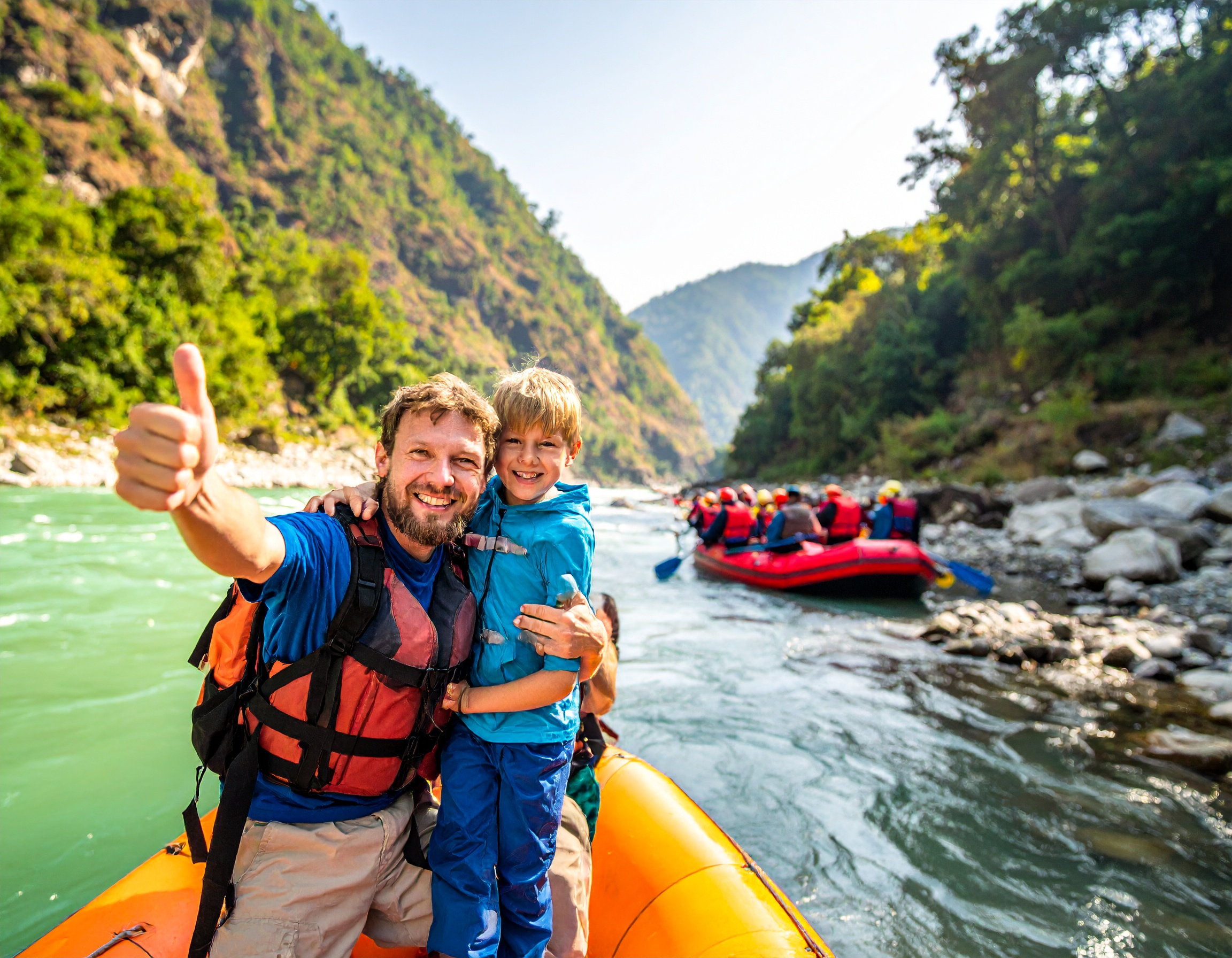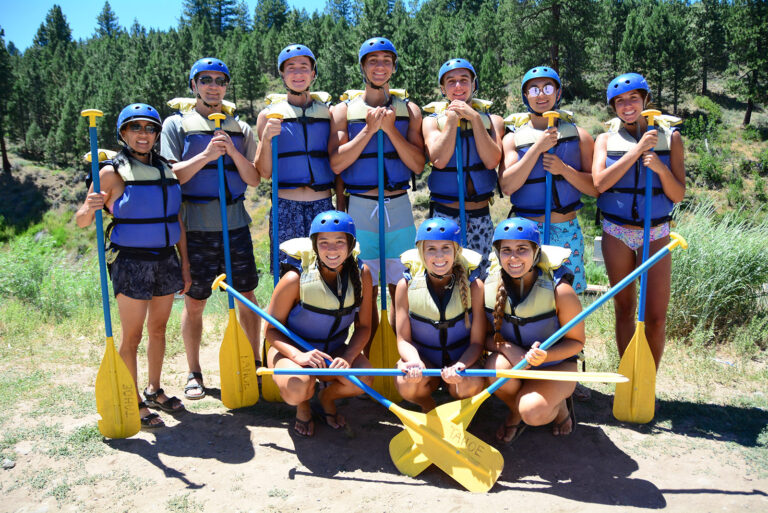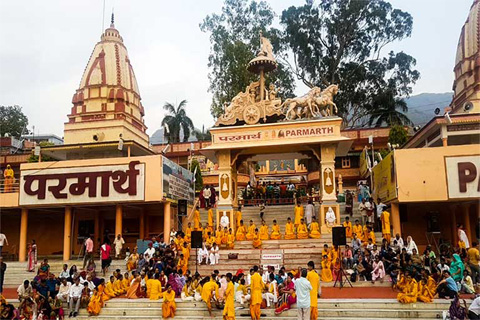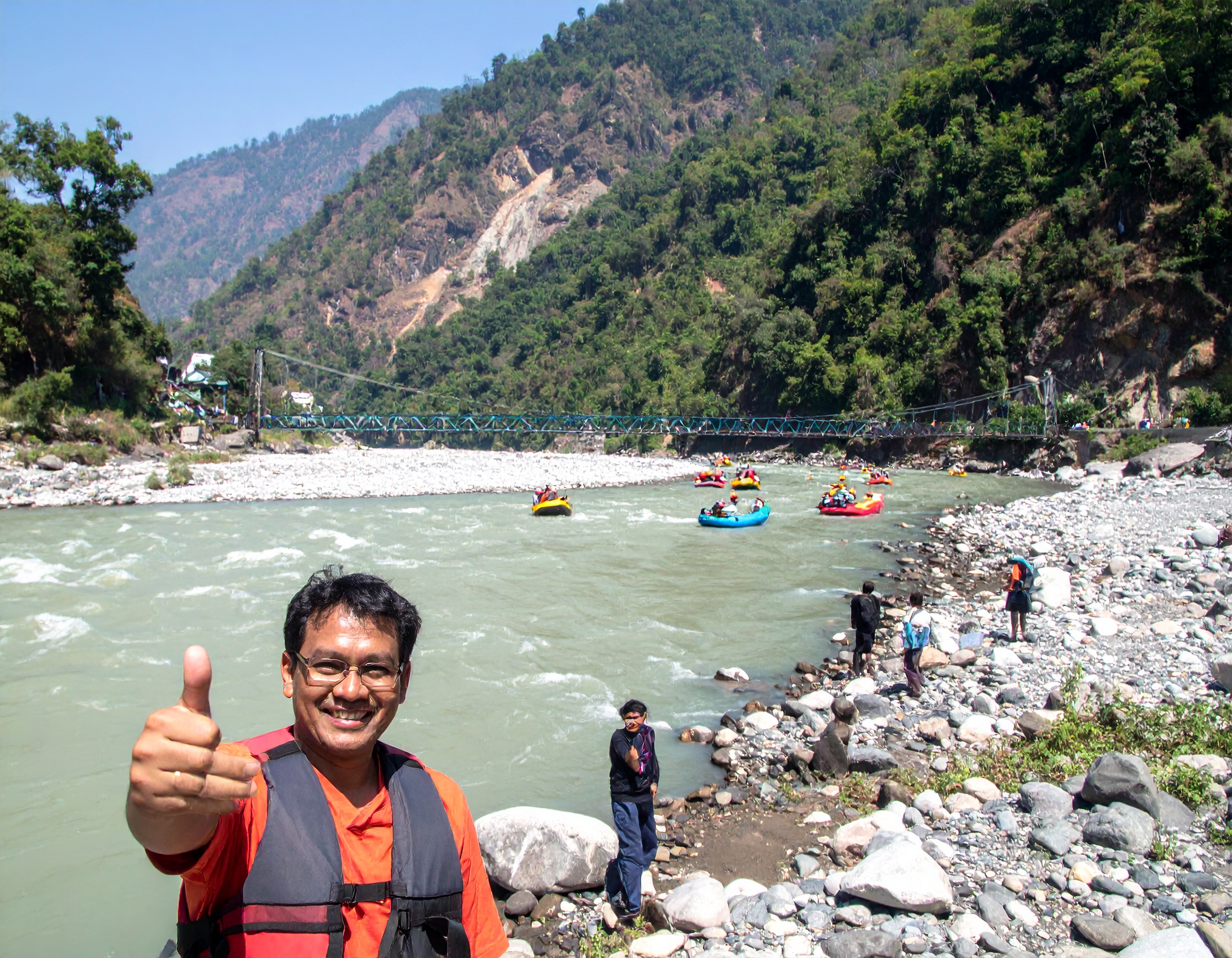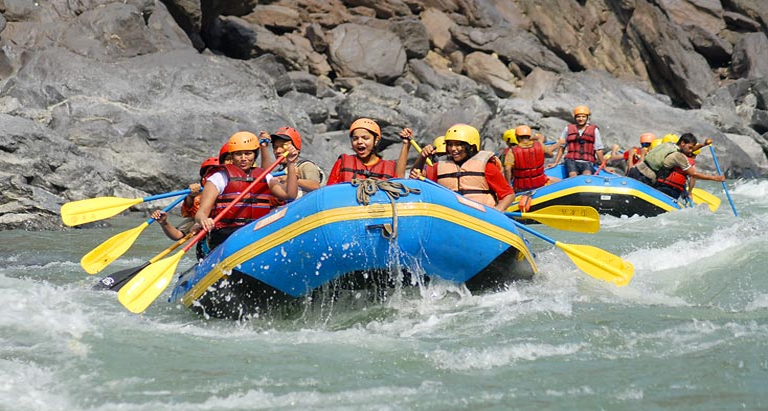Rules for River Rafting in Rishikesh (2025)
River rafting in Rishikesh is one of the most thrilling experiences India has to offer. But behind the splashes and adrenaline rush lies a strict regulatory framework designed to keep you safe. The Government of Uttarakhand, in consultation with environmental and tourism boards, has implemented detailed rules to ensure safe, responsible, and eco-friendly river rafting.
Here’s a complete and up-to-date guide to the latest government rules for rafting in Rishikesh, as of 2025.
Why Are Government Regulations Important?
With the growing popularity of Rishikesh as a rafting destination, safety concerns, overcrowding, environmental impact, and unregulated operators have become major issues. To maintain quality, rules have been enforced to regulate rafting companies, protect tourists, and preserve the Ganga ecosystem.
Key Government Rules for River Rafting in Rishikesh
1. Mandatory Licensing of Rafting Operators
Only companies registered and licensed by the Uttarakhand Tourism Development Board (UTDB) can operate commercial rafting trips. Licenses are renewed annually and require compliance with safety, staff training, and equipment standards.
2. Certified Guides Only
Every rafting trip must be led by a trained and certified river guide. Guides should have:
- Certification from a recognized adventure institute (e.g., NIM or equivalent)
- Valid First Aid & CPR training
- Rescue skills and swimming competency
3. Age Restrictions
- Minimum age for rafting is 14 years
- Children below this age are not permitted to raft, regardless of stretch or season
Note: Some stretches (like Brahmapuri) may be more relaxed but still follow the 14+ guideline for insurance purposes.
4. Medical Declaration is Mandatory
Participants are required to fill out a health declaration form before rafting. Tourists with heart conditions, asthma, epilepsy, or recent surgeries are discouraged or outright restricted.
5. Life Jackets & Helmets are Compulsory
Every rafter, without exception, must wear a government-approved life jacket and helmet. Equipment must be in good condition, regularly checked, and replaced when worn out.
6. Maximum Number of Rafters per Boat
A standard inflatable raft can carry:
- 8 participants + 1 guide
- Overcrowding is strictly prohibited and punishable
7. Rafting Only Between Sunrise and Sunset
Rafting is allowed only between 6:00 AM and 4:00 PM. Night rafting is illegal due to visibility and rescue limitations.
8. Alcohol & Drugs Prohibited
Participants must not consume alcohol or narcotics before or during rafting. Operators are instructed to deny service to intoxicated tourists, and legal action may follow if rules are violated.
9. Insurance is Mandatory
All rafting companies must provide basic accident insurance coverage to participants as part of their package. Check this when booking your trip.
10. Banned Stretches & Ecological Zones
The government occasionally closes certain stretches for environmental protection, religious reasons, or maintenance. Operators must stay updated and comply.
Rafting Booking & Verification Tips
- Always book through registered rafting companies (look for UTDB registration).
- Ask for the guide’s certification and license before the trip.
- Check if your package includes insurance and safety briefing.
- Read online reviews and avoid suspiciously low-cost offers.
Eco-Tourism & Code of Conduct
The Government encourages all tourists to follow eco-tourism principles:
- Do not throw plastic or waste into the Ganga.
- Respect the religious sanctity of the river.
- Avoid loud music and unruly behavior near ghats and campsites.
- Support local businesses and licensed operators.
Penalties for Non-Compliance
- Unlicensed rafting = ₹50,000 fine + cancellation of operations
- Overcrowding = ₹10,000 per incident
- No safety gear = Immediate trip cancellation + fine
- Alcohol consumption = Legal action + blacklisting of operator
Final Words
Rishikesh’s river rafting adventure is an experience of a lifetime—but only when done safely and responsibly. By following these government guidelines and choosing certified operators, you’re not just protecting yourself, but also preserving the future of rafting in the Himalayas.
For verified rafting operators, safety tips, and travel advice, visit rishikeshrafting.in — your trusted source for river rafting in Rishikesh.

